Active learning spaces
Learning with e's
APRIL 8, 2013
Recently I wrote about collaborative learning spaces , and argued that we are entering unfamiliar territory. The boundaries of informal and formal spaces have blurred significantly, as have the boundaries between the real and the virtual. Some might argue that learning that is situated is the most powerful.


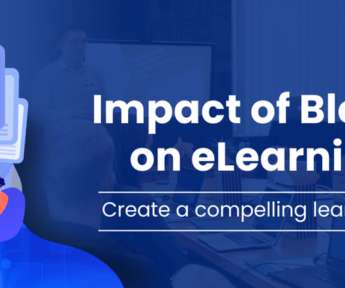


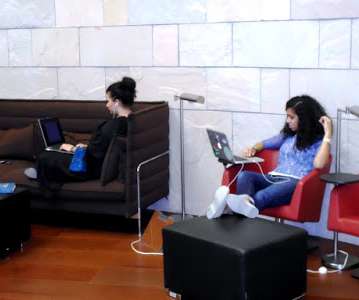

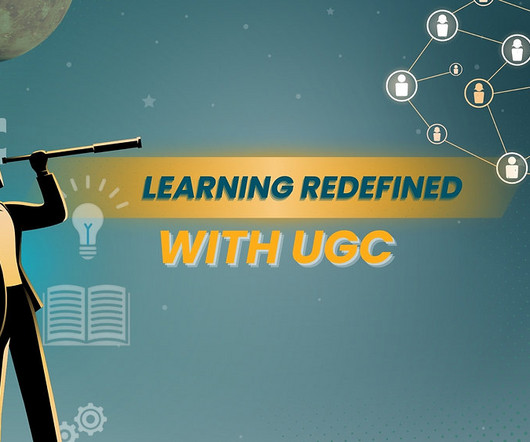
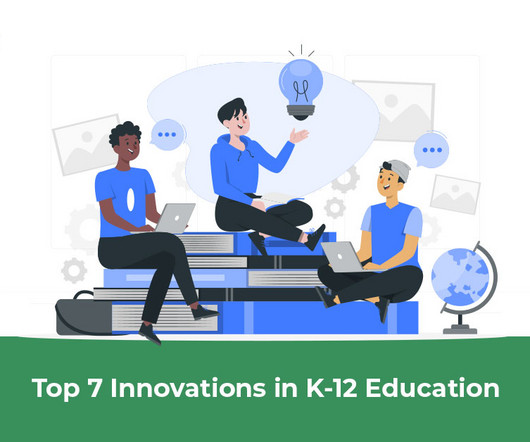


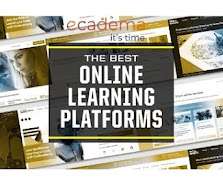






















Let's personalize your content